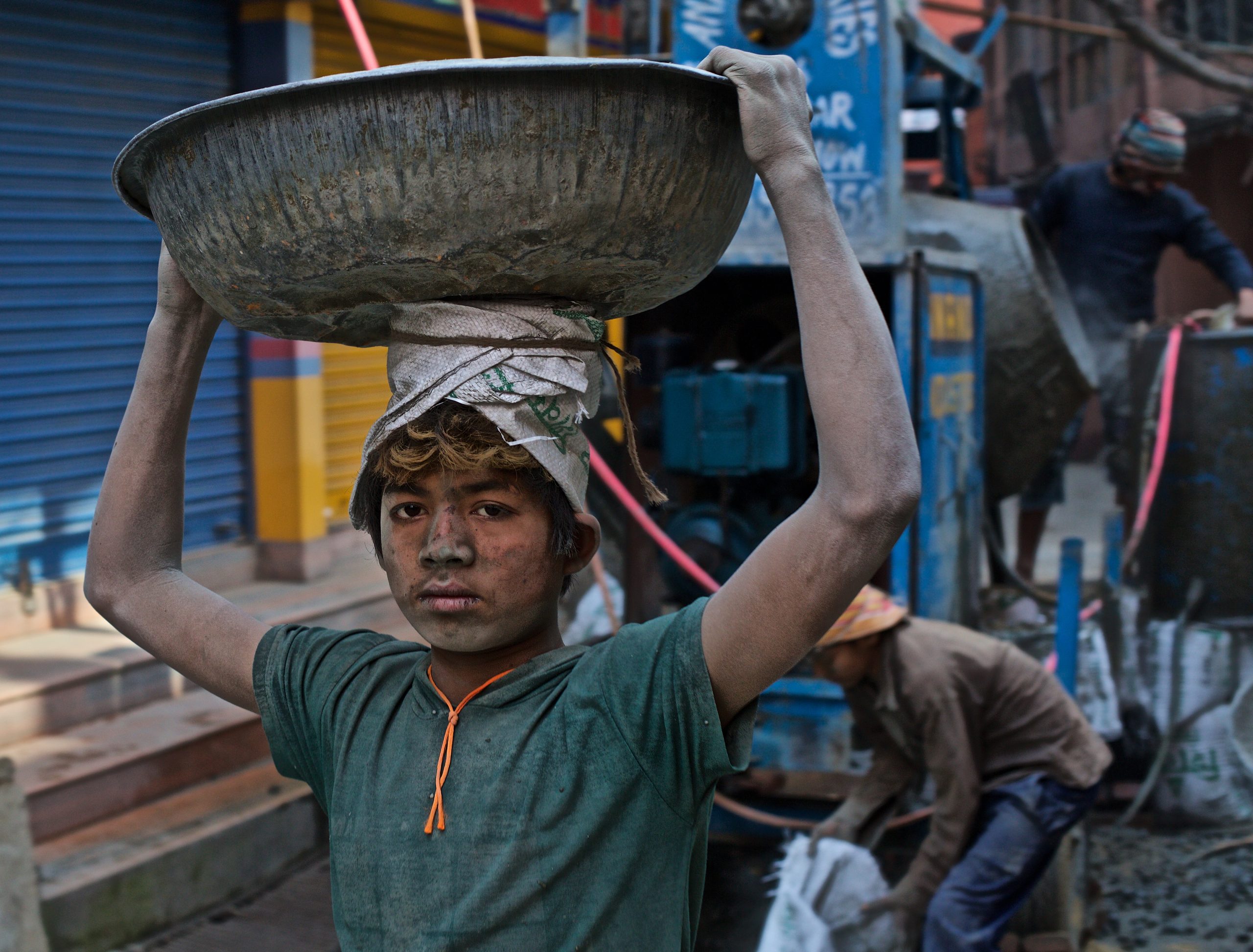
A fruit of (child) labour? On an EU single market ban on products possibly linked to forced and child labour
It is a common misbelief that the issue of child labour was completely eliminated in Europe, however, the phenomenon still exists in several parts of the world and also has effects partly in Europe. Now the European Union takes on the remaining issues to be solved throughout the single market.
According to the UNICEF and the ILO, child labour has shown a rising tendency worldwide and in 2020, it amounted for 160 million children throughout the world. It is a significant increase compared to previous statistics of the UN organisations. This phenomenon potentially arises from the economic slowdown in the past years affecting the total world economy. Prohibiting coerced, including child labour as a goal is also rooted in the United Nations’ Sustainable Development Goals (SDGs). From the 17 SDGs, several goals can be linked to the goal of abolition of forced labour such as no poverty (goal 1), zero hunger (goal 2) and decent work conditions (goal 8). The topic in the European Union is resurfacing again and again, especially after the mentioned global slowdown of the economy.
The European Union’s Council Directive 94/33/EC dealt with the protection of young people at work. Already the Preamble highlights the prohibition of forced labour, including child labour, which shall only be allowed in specific cases such as cultural or sport activities like playing handball for instance in a sport association. Article 1 and Article 4 provides that a State’s aspiration shall aim toward prohibition of child work. The provision (according to Article 2) applies to natural persons under the age of 18, however, the complete prohibition and abolition is not applicable for all those young persons under 18, but for children. Article 3 defines that a child is someone who is less than the age of 15 or is subject – according to the State’s national legislature – to compulsory full-time schooling. Article 5 lists exemptions from the prohibition of Article 1 and Article 4, such as for cases of performance in sports.
In the case of Hungary, the Fundamental Law contains a provision on the prohibition of employing children, and Act I of 2012 on the Labor Code Section 34 explains that any worker must be at least 16 years old. However, in case this person receives full-time education, then during school holidays – and at least from the age of 15 – they can work. This exception follows the directive of the European Union, as there is a minimum age limit of 15 years but in Hungary, the mandatory full-time schooling lasts until the end of the school year in which the student turns 16. The exemption of Article 5 of the Council Directive is listed in the same section (Section 14) under point (3).
The European Commission and the European Member States proposed agreements and different international and nation legislation to combat human trafficking, illegal employment and specifically child labour. In 2022, the European Commission initiated a proposal regulating products produced with forced labour, specifically child labour. The internal market, according to this proposal, shall be free of products resulting from said activities and for that reason, the Union and the Member States would be in charge to withdraw these products from the Union’s territory thereby stopping their spread.
Surprisingly, there are European MEPs opposing the European Union law that would expect large companies to act and investigate their supply chains and eliminate sources employing child labour, under general obligations of human rights due diligence. German MEPs argued that it would encounter significant bureaucracy and legal uncertainties. After the news of Germany’s likely opposition of this proposal first saw the light of day in January 2024, other countries expressed their disagreement with the country and its political agenda on the matter.
On 23 April 2024, the European Parliament voted on products whose existence can be linked to employing child labour. This specific proposal concerns the Chinese Xinjiang region; however, the legislation does not mention the country specifically, but the ulterior motive is clear that the intention of blocking these products target the mentioned parts of China where the Uighur Muslims live and where, according to estimations, around 1 million people are exploited through coerced labour. The support from the Parliament’s vote in Strasbourg has been granted but the official green light on the legislation awaits for the approval of the 27 Member States. Based on the above-mentioned German arguments, it is uncertain whether Germany will stand for or against the legislation. The provisional deal was accepted by the Council in early March and promised a 3-year implementation period for Member States to adapt to the new regulation.
The new regulation likely reshapes supply chain management and monitoring of the corporate, authorities and Member States domestic policy level as well, ensuring that the protocols concerning the elimination of and the prohibition of products that suspectedly were produced with forced labour, including child labour are met. This directive is hoped to clear supply chains which is an important step towards the sustainability goals as well. However, it is yet to be seen how the affected countries outside of Europe, for example China, reacts to this regulation.
Dorina BOSITS is a law student at the Széchenyi István University of Győr, Hungary, and an international finance and accounting graduate of the University of Applied Sciences of Wiener Neustadt, Austria. The main area of her research includes freedom of speech, digitalization, data protection, and financial law. She is a student at the Law School of MCC and a member of ELSA Győr.








